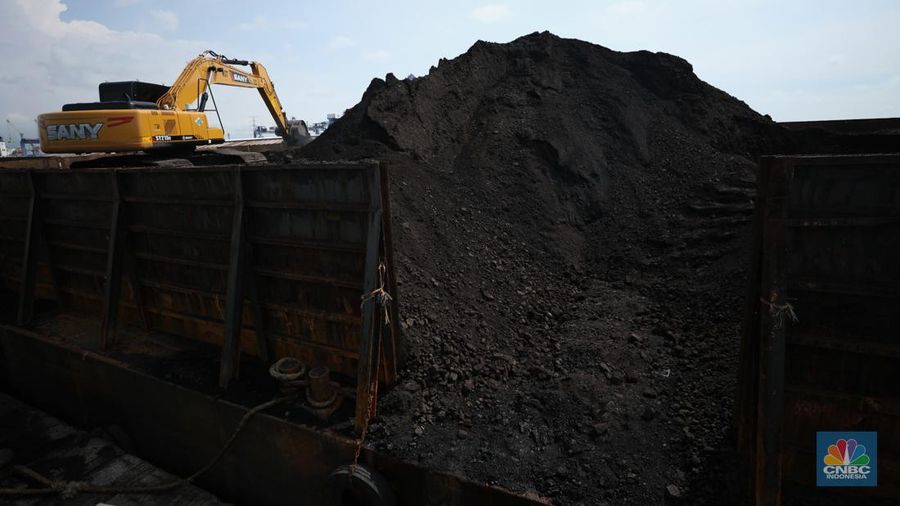/cloudfront-us-east-2.images.arcpublishing.com/reuters/GBAOIFD6VRKKHOATWZBXLBEOUI.jpg)
BEIJING, Nov 3 (Reuters) – China plans to reduce average coal consumption during electricity generation at power plants to improve energy efficiency and lower greenhouse gas emissions.
By 2025, coal-fired power plants must adjust their consumption rate to an average of 300 grams of standard coal per kilowatt-hour (kWh), economic planner the National Development and Reform Commission (NDRC) said in a statement on Wednesday.
“Further promoting the energy saving and consumption reduction at coal-fired power units is an effective means to improve energy efficiency and is of great significance for achieving carbon emission peak in the power industry,” the NDRC said.
Carbon dioxide (CO2) emissions from the power generation and heating sector accounts for about 40% of total CO2 emissions in China. In 2020, average coal use in power generation was 305.5 grams per kWh, down from 370 grams per kWh in 2005.
“The reduction of coal use helped to cut 6.67 billion tonnes of CO2 emissions from the power sector in 2006-2020, or 36% of total emission reductions in the industry,” the NDRC said.
The NDRC asked new power plant projects to adopt ultra-super critical units that consumer coal at an average rate below 270 grams per kWh. While new water-cooling units that use more than 285 grams per kWh and air-cooling units higher than 300 grams per kWh will not be allowed.
It also said that power plants with average coal use above 300 grams per kWh that cannot be upgraded for energy efficiency improvement will be gradually shut down.
The country also plans to complete flexibility adjustments at 200 gigawatts of coal-fired power capacity in 2021-2025, which would help transform coal plants to back-up power sources from the dominant fuel source currently and help boost renewable power consumption.




